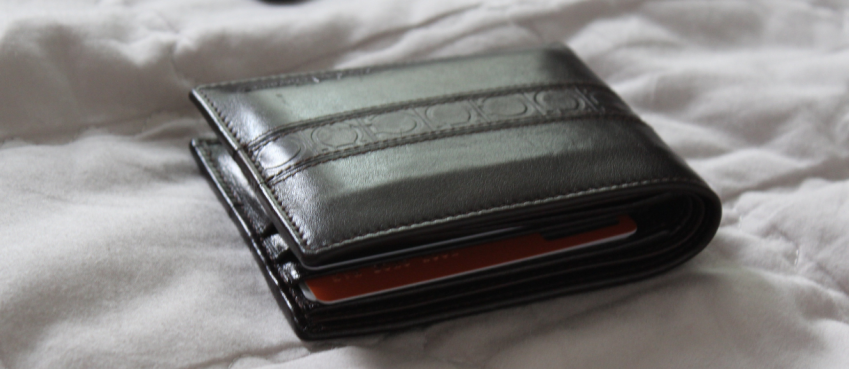
There are plenty of camera sensors invoked for stills and filming. Common camera sensors types are full frame, APS with C and H types, four third, two third, 1/1.7” and 1/2.5”
These camera sensor types vary in terms of price and performance. For instance; full frame sensors are more expensive than APS C counterparts.
Which is better APS C vs Full Frame? I would say that every camera is different, but these two are commonly used and have dominated the camera industry at a breadth.
If you indulge in stills shooting, you might prefer to go with a full-frame camera sensor. On the other hand, involved in motion shooting, you might like to go with an APS C camera sensor.
With that said, it seems camera sensors have its own virtues and opted significantly based on situational need.
Indeed, it is and by the end of this blog, you’ll be familiar with the strengths and weaknesses of both camera sensors. Also you would be able to adjudicate what makes the most sense for your production needs.
Also read: Best Cameras For Photography: A Detailed Review
What Is An APS-C Sensor In Camera?
Stands for: Advanced Photo System type-C
Sensor size: 25.1 × 16.7 mm
Aspect ratio: 3:2
Sensor area (sq. mm): 370
APS C sensor is an observation given to a sensor that rectifies characteristics of sensor size 25.1 by 16.7 mm with an aspect ratio of 3:2 and they are also known as crop factor sensor cameras.
Since they are cropped sensors, it is cheaper and easier to travel with – best for motion shootings and stills.
What Is A Full Frame Sensor In Camera?
Stands for: Full Frame Sensor (with no crop)
Sensor size: 24 mm x 36 mm
Aspect ratio: 3:2
Sensor area (sq. mm): 864
Full frame sensor is an abbreviation that rectifies characteristics of sensor size 24 by 36 mm with the same aspect ratio found in APS-C but with higher sensor area.
Since they possess higher sensor size and area, getting fine-tuned shallow depth of field, immersive bokeh, and detailed wide-angle stills is no surprise in general.
APS-C vs Full Frame Camera Sensor: Pros & Cons
If we dated back almost 10 years, the rule of thumb was, “expensive usually means better” and maybe this would ring true.
But, today, the concept is bartered and many professionals simply do not think as it was pervaded earlier.
A full frame camera might offer great benefits but it fails to intrinsically be “better” than an APS-C crop factor sensor. I mean full frame sensors may be great in many scenarios, but cropped sensors aren’t behind the shadow.
Let’s read each of the advantages and disadvantages to know more about them.
APS Type C Sensor: Pros and Cons
One of the significant benefits that the majority of photographers consider APS C than full frame counterparts is affordability. In alternate terms, nearly the majority of the APS-C sensors are cheaper which gives people on a budget a good option to rely on.
Other than this, being a cropped sensor, which means small sensor size gives your lenses extra reach. This can assist wildlife photographers and sports photo-taking professionals taking pretty shots.
Additionally, APS C sensors consume less data to process from small sensors which gives more picture taking benefits to photographers.
The drawbacks of APS-C crop factor sensors is that they won’t disperse great detail in low-light and struggle to achieve an immersive bokeh effect.
Full Frame Sensor: Pros and Cons
There are many benefits that you can get from a 35mm full frame sensor. These sensors accumulate great appreciation from photographers of all ages and experience.
First and foremost, you get fine-tuned shallow depth of field which is great for product shooting and fashion photography.
It is also best considered for portraiture, food photography and other genres of photography that benefit from a blurred background as it offers immersive bokeh effects than APS C counterparts.
Full frame sensor utilises its 35mm full sensor capacity that benefits photographers to take best shots even in dark atmosphere. So, it is also good for low-light picture taking.
The drawback of full frame sensor cameras is that they are expensive and heavier. If you’re someone who frequently carries gear for long distances, may your hand feel heavier and become overhead.
Also read: Best Cameras For Video: A Detailed Review
Best Scenarios For APS-C and Full Frame Sensor
To end this blog, I’ve mentioned the best scenarios for APS-C sensor and full frame sensor which gives you an added dose of information to enhance your photography knowledge.
- For low light photography: full frame
- For portrait photography: full frame
- Landscape photography: full frame
- Sports photography: can be used both (tie)
- For Street photography: APS C
I hope you will now be able to get to know about APS-C and Full Frame sensor working. Now, it would be easier for you to choose a perfect sensor as per photography needs.
Thanks for reading and share your thoughts in the comment section.
Top 10 News
-
01
[10 BEST] AI Influencer Generator Apps Trending Right Now
Monday March 17, 2025
-
02
The 10 Best Companies Providing Electric Fencing For Busines...
Tuesday March 11, 2025
-
03
Top 10 Social Security Fairness Act Benefits In 2025
Wednesday March 5, 2025
-
04
Top 10 AI Infrastructure Companies In The World
Tuesday February 11, 2025
-
05
What Are Top 10 Blood Thinners To Minimize Heart Disease?
Wednesday January 22, 2025
-
06
10 Top-Rated AI Hugging Video Generator (Turn Images Into Ki...
Monday December 23, 2024
-
07
10 Top-Rated Face Swap AI Tools (Swap Photo & Video Ins...
Friday December 20, 2024
-
08
10 Exciting iPhone 16 Features You Can Try Right Now
Tuesday November 19, 2024
-
09
10 Best Anatomy Apps For Physiologist Beginners
Tuesday November 12, 2024
-
10
Top 10 Websites And Apps Like Thumbtack
Tuesday November 5, 2024







